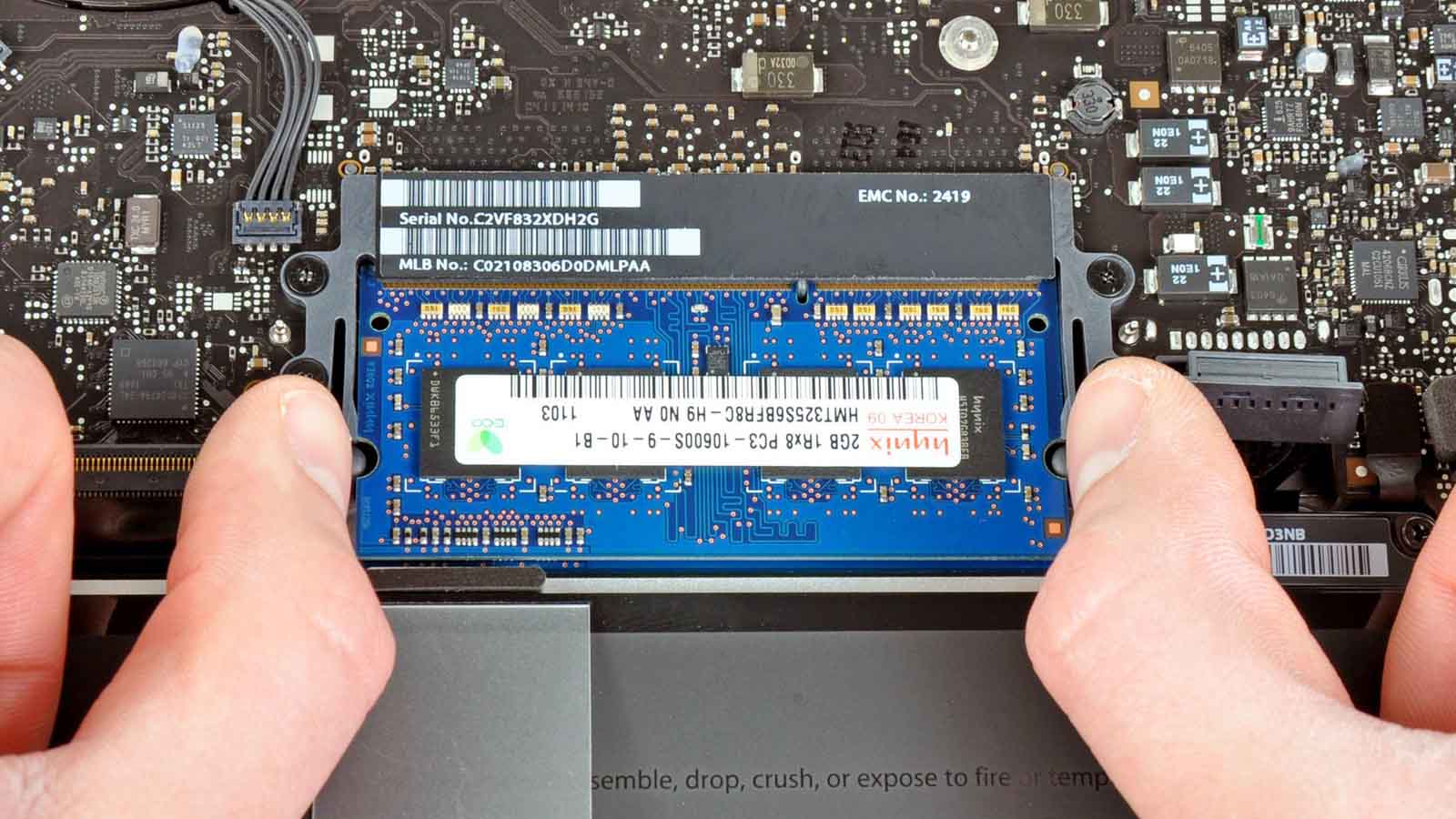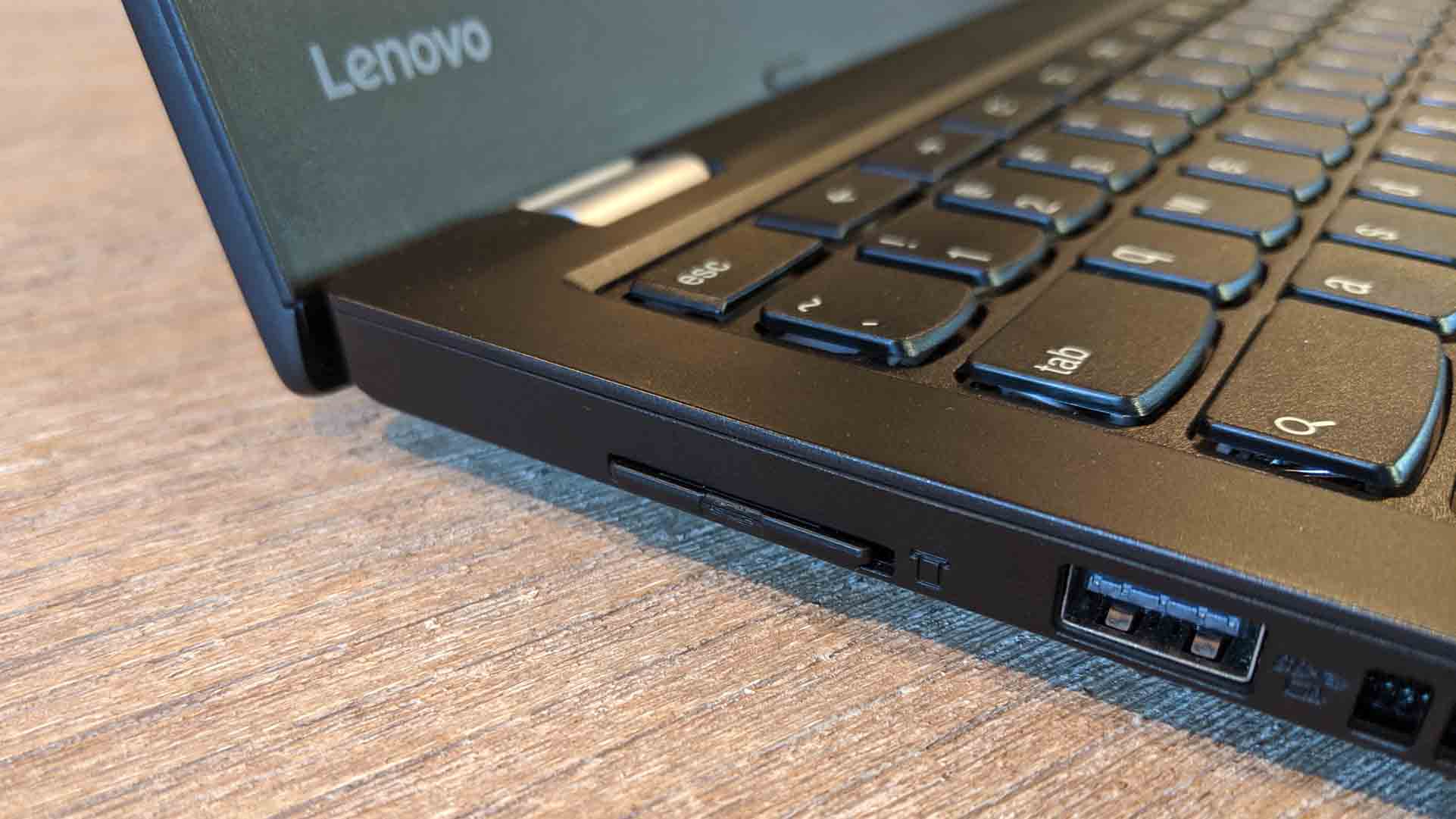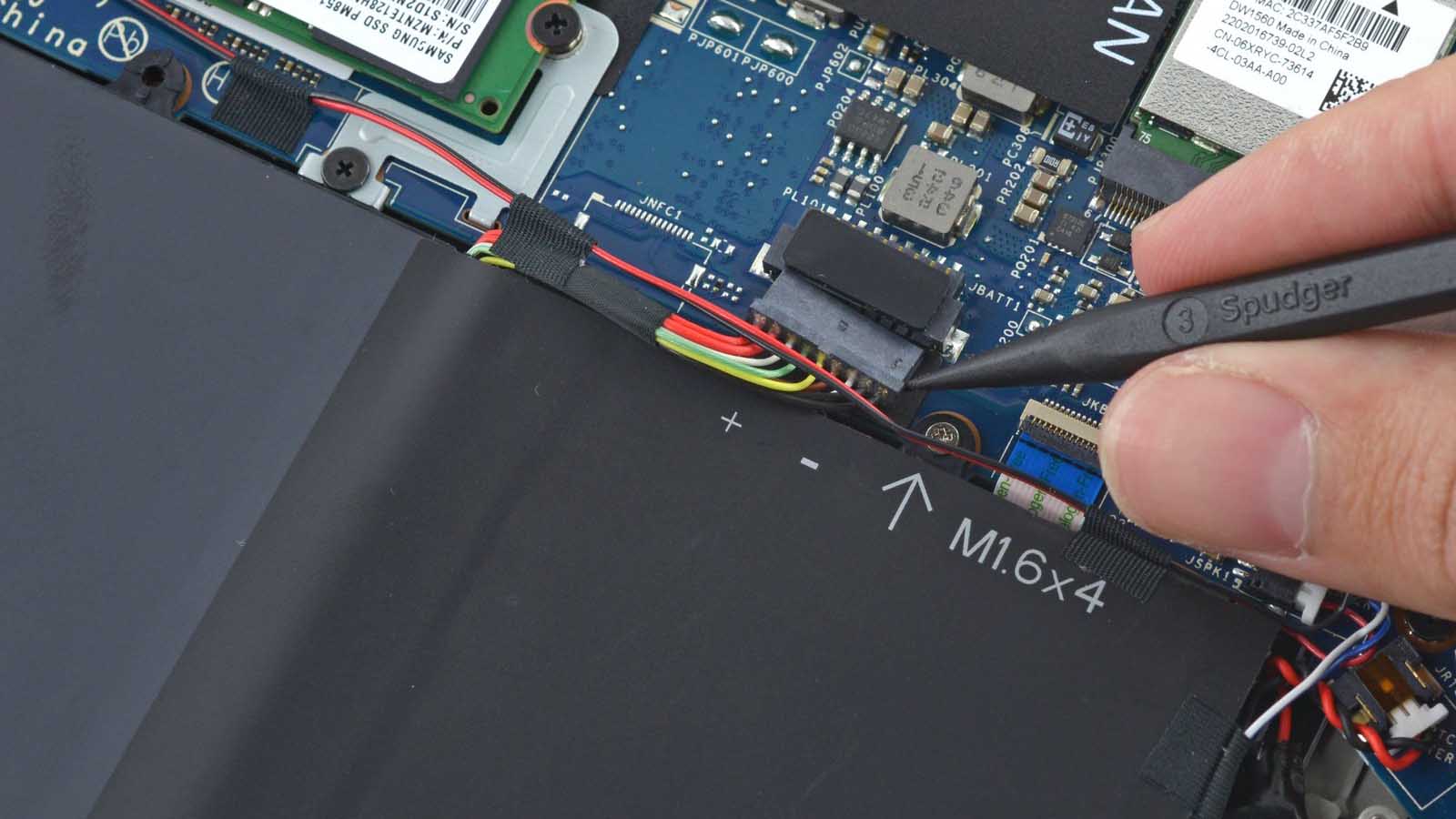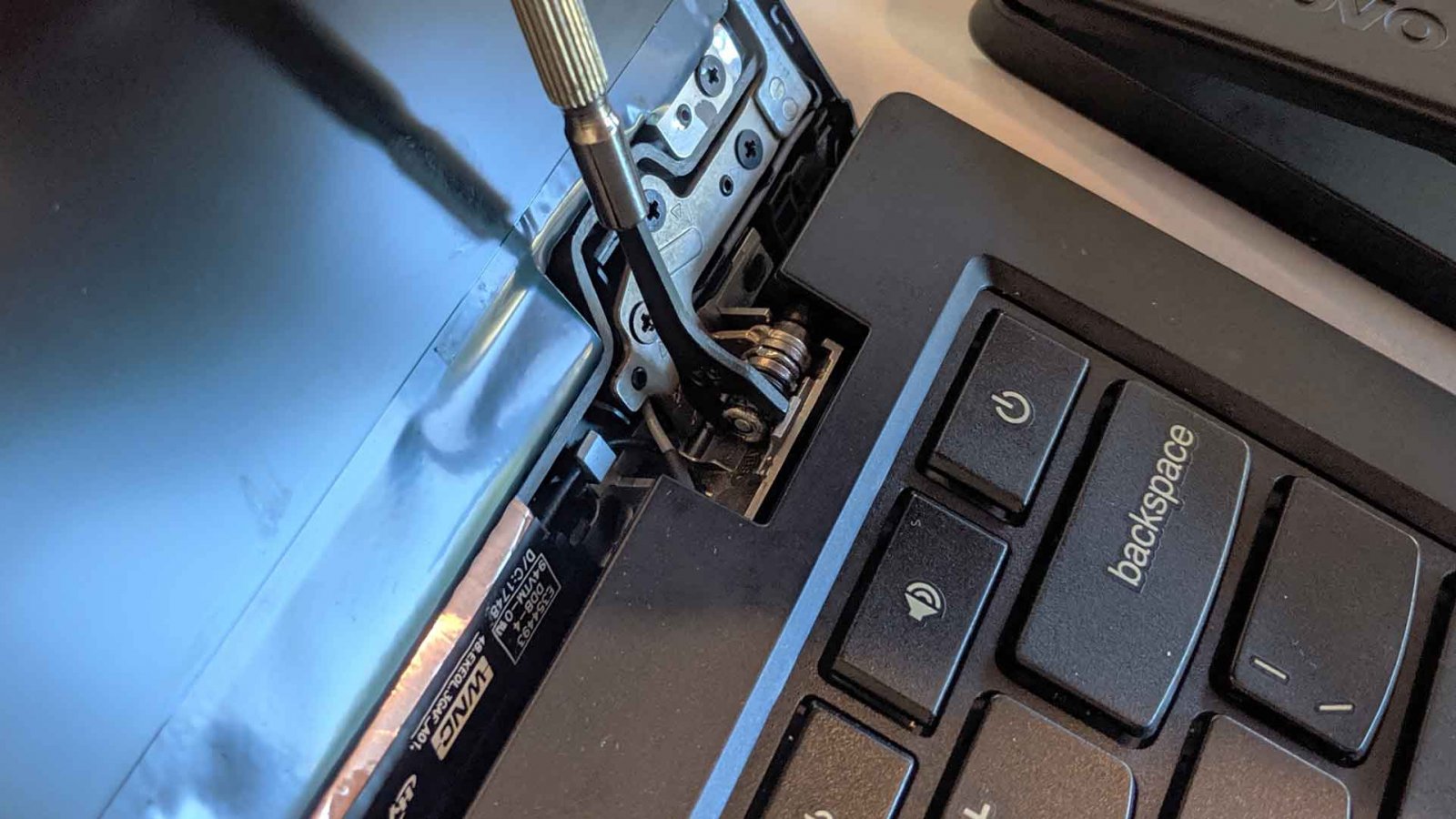This post was originally published November 2019; it was updated in June 2024.
I’ve had laptops I liked, and I’ve had laptops I loved. But my current laptop—a ThinkPad 13 Chromebook—is “the one.” Its trackpad is smooth and precise, its keyboard keys are deep and fulfilling, and it has the perfect mix of ports for what I need. And still, the folks at Lenovo have discontinued it.
That’s unfortunate, but I’m determined to make this thing last as long as humanly possible. No laptop lasts forever—CPUs become outdated, batteries die, and keyboard keys pop off without warning. But if you have a laptop you love, there’s no reason to chuck it and spend hundreds of dollars on a new one when you can just as easily repair it. Here’s how to keep that laptop chugging for years into the future.
Upgrade What You Can

Once upon a time, laptops were more easily repairable and upgradeable. You could pop in some extra RAM or a bigger hard drive whenever things started feeling a little outdated and keep on truckin’. In the last decade, with the rise of thin and light laptops, that became rarer: PC manufacturers have taken to soldering RAM onto the motherboard, and in some cases, the storage too. The advent of System-on-a-Chips like Apple’s M series has only tightened the integration, but LPCAMM2 gives us hope for a new generation of swappable RAM in the near future.
So if your laptop is starting to show its age, start by looking up what you can replace—our laptop repair guides are a good place to start, though a quick Google search with your laptop’s model number and the part you’re trying to upgrade should also be illuminating. (If you aren’t sure of the model number, here’s how to find exactly what version of a laptop you have.) With any luck, you’ll be able to upgrade the memory and storage with a simple screwdriver and a bit of time.
Just be sure you buy parts that are compatible with your machine. Check the label on the RAM inside your PC and try to match those specs when you buy. If you’re replacing a 2GB DDR3-1600 stick at 1.35V, for example, make sure the 4GB stick you buy is also DDR3-1600 stick at 1.35V. (If that sounded like gibberish to you, that’s okay—just make sure the gibberish on the old stick matches the gibberish on the new stick and you should be good to go).
Similarly, for storage, make sure the replacement drive uses the same interface. If your device uses an M.2 SATA SSD, an NVMe SSD (probably) won’t be compatible. While both can use the same form factor, they utilize different connectors and protocols. Still, even if you have an incompatible drive at hand, chances are that there is an adapter out there that makes it compatible.
And if your laptop is still using a traditional spinning hard drive, definitely consider upgrading to a solid-state drive with the same 2.5-inch form factor—it’ll make that old machine a heck of a lot faster.
Expand Storage with an SD card or Tiny Flash Drive

If your RAM is soldered to the motherboard, as has become commonplace on a lot of ultrabook-style laptops, there isn’t much you can do about upgrading it. That’s just an unfortunate reality of modern notebooks, and something worth considering before you buy another laptop so thin it doubles as a kitchen knife. Un-upgradeable storage, on the other hand, is possible to work around, since even many thin and light laptops have an SD card slot and USB ports.
Sure, SD cards and USB drives may not be as fast as SSDs, but for long-term storage of documents and music, they can work well enough. Just grab a high-capacity SD card like this 128GB model from SanDisk (or this microSD equivalent, if that’s what your laptop takes), pop it in, and leave it there—many laptops have an SD slot that’s basically flush with the computer’s body, so you’d never notice it poking out. If that doesn’t work, tiny flash drives like this 128GB model are great alternatives, since you can leave them connected without much trouble.
Keep it clean and cool
Depending on the environment, years of use can lead to quite the dust build up inside your device. Dust and debris can clog up your laptop’s vents, causing it to overheat and run less efficiently. That’s why regular maintenance is recommended to keep your laptop in top shape. That means giving it a thorough internal cleaning and maybe even replacing the thermal paste.
After opening your laptop (refer to our comprehensive guides if you’re unsure how), use a dust blower or compressed air to blow out any dust from the fans and vents.
While you’re at it, consider replacing the thermal paste on the CPU and GPU. Thermal paste helps transfer heat away from these components, but it might dry out over time. Gently clean off the old paste with isopropyl alcohol and apply a small amount of new thermal paste before reassembling your laptop.
Replace the Battery When It Degrades

A laptop with an old battery is like having a car that can only drive 5 miles at a time. It technically works, but it isn’t really going to get you anywhere.
As lithium-ion batteries get old, their capacity degrades, to the point where your battery may only hold a charge for a couple hours. You can slow down the degradation, but eventually, you’ll have to deal with this inevitability. If you’ve had your laptop for a few years and it feels like the battery doesn’t hold a charge as long as it used to, don’t buy a new machine. Batteries may not be as easily replaceable as they used to be, but chances are you can swap it out by undoing a few screws.
Check out our selection of replacement laptop batteries—we sell batteries for many Acer, ASUS, Dell, HP, Lenovo, Microsoft, Samsung, Sony, and Toshiba models. Then check out the associated guide for replacing your battery, and you’ll be making it through a full day of work again in no time.
Replace the Keyboard When It Shows Its Age
After years of usage, some keys on your keyboard might become unresponsive or broken. Even if there’s no malfunction, the keyboard can show its age due to regular use.
While the replacement procedure varies dramatically across brands and models, oftentimes a keyboard replacement is possible without too much effort. Take for example the ThinkPad T480: Just remove the battery, unscrew two screws and you can push the keyboard out to remove the connectors.
If you’re looking to refresh your keyboard, you can find a selection of replacement parts for laptops from Lenovo, HP, Dell and many others in our store.
Return a Loose Hinge to Its Original Strength

A loose, creaky hinge can make your laptop feel old and cheap, but they’re remarkably easy to tune up—making your laptop feel like it just came out of the box. You just need to open up your laptop (again, check out our laptop repair guides to see how), locate the hinge, and tighten things up a bit. A Phillips head screwdriver may be all you need to tighten a loose hinge plate, but to tighten the hinge itself, you may need a 5mm nut driver or 5mm wrench. Check out our full guide to tightening a laptop hinge to see the step-by-step process.
All of these hardware fixes should keep your PC running longer, but don’t neglect the software side, either. If your PC is feeling a bit slow, the old standby advice still applies: stop excess programs from running in the background, keep your hard drive from filling up to capacity, and make sure you don’t have any runaway malware on your system.
You can also try reinstalling the Operating System in case it feels bloated after years of use, but don’t forget to reinstall the correct drivers and performance updates or else you might even see a performance drop. If all else fails and the laptop is truly ancient, you might be able to give it new life by installing a lightweight Linux distribution on it, like Xubuntu (a low-resource variant of Ubuntu). It won’t necessarily make it feel like a modern machine, but could mean the difference between a usable notebook and a very ugly Dell-branded paperweight.









13 comentários
MacBook Pro 2007 still running <3
gis - Responder
Dell Latitude E6510 still running with more memory, new NVMe SSD in a adapter case for the HDD slot. Also, as keyboard keys start to wear, many times a replacement keyboard can be found on eBay, sometimes brand new.
jj york - Responder
First gen 17” MacBook Pro is still alive and fully usable
Julien Micheli - Responder
replace thermal paste
giammin - Responder
Additionally to mention: Reinstall the Operating System or Install another one with low system requirements.
Max - Responder